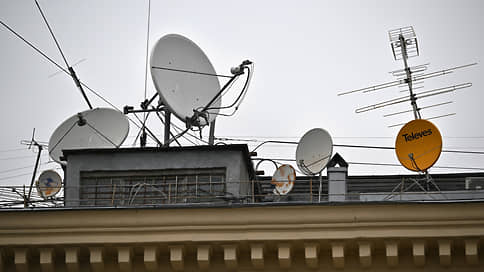Eastern border regions become a priority of Europe

The European Commission has proposed an increase in European funding and new priorities for rapprochement on Tuesday, in an attempt to encourage countries to strengthen their security and defense.
Bulgaria was initially worried about the European Commission plans to redirect money from cohesion funds, emphasizing that they needed it to catch up in the most backward European regions, most of which are in Bulgaria.
The use of cohesion euros for defense will be voluntary
Later, European Commission President Ursula von der Layen announced that the redirect of the funds would be voluntary, which was confirmed on Tuesday and by the decision adopted by the Commission:
« This is an opportunity for the countries and the regions to adapt (operational) voluntary programs to the new scenarios, » said Vice President for Cohesion Policy Rafael Fito, emphasizing that countries will have the freedom to take advantage of it.
New priorities
In a decision made by the European Commission on Tuesday, it is proposed to change the levels of European funding and increased advance payments on projects under five new priorities:
- competitiveness – Adding large businesses in critical areas such as defense, strategic technologies and decarbonisation.
- os) – Support for Defense Enterprises, Eastern Border Regions and Protection of Critical Infrastructure
- Affordable Housing – doubling money intended for homes at affordable prices
- Sustainable use of water – protection from drought and floods
- transition – interconnectors and energy storage.
If they have projects in these areas, governments and local authorities will be able to rely on to 100% European funding instead of the maximum 85% and on up to 30% advance payments At 7% now. The only condition is that 15% of cohesion agents are reorienting to new priorities.
Asked if the increased European funding would not make the authorities more casual about spending EU funds, Fito said that money spending checks would not change even if no national co-financing is put into the projects.
He said, without specifying specific figures that it is expected that the need for national co-financing on European projects is expected to increase the absorption of funds by 2027, which is now lesser, as most countries are focused on their recovery and sustainability plans.
The eastern border
Fito pointed out that the wide variety of priorities is at the request of Member States who feel to varying degrees threatened by the war in Ukraine.

He explained that due to higher risk, regions were separated along the eastern EU border that could rely on greater European funding. Especially for these regions, up to 10% advance payments and up to 100% European project funding is offered.
Focusing money from Cohesion Funds to the Eastern Regions should focus on resolving security and defense problems and economic restoration of these regions to reduce differences with other European regions, Vice President said.
Fito said money for cohesion policies will not be used directly to buy weapons, but that they can modernize businesses from the weapons industry and for military mobility.
Andrei Novakov: The Bulgarian Armory Industry Can’t Do Tanks and Aircraft Only
The programs for rapprochement in the Eastern border regions, disproportionately affected by the Russian aggressive war against Ukraine, will benefit from the preferential level of preliminary funding if they transfer at least 15 % of their total funds to the new strategic priorities, the proposal of the European Commission, which is expected by the European Parliament, is expected.
The European Commission believes that reprogramming should be completed by the end of the year, so that new programs will start running from 2026.








